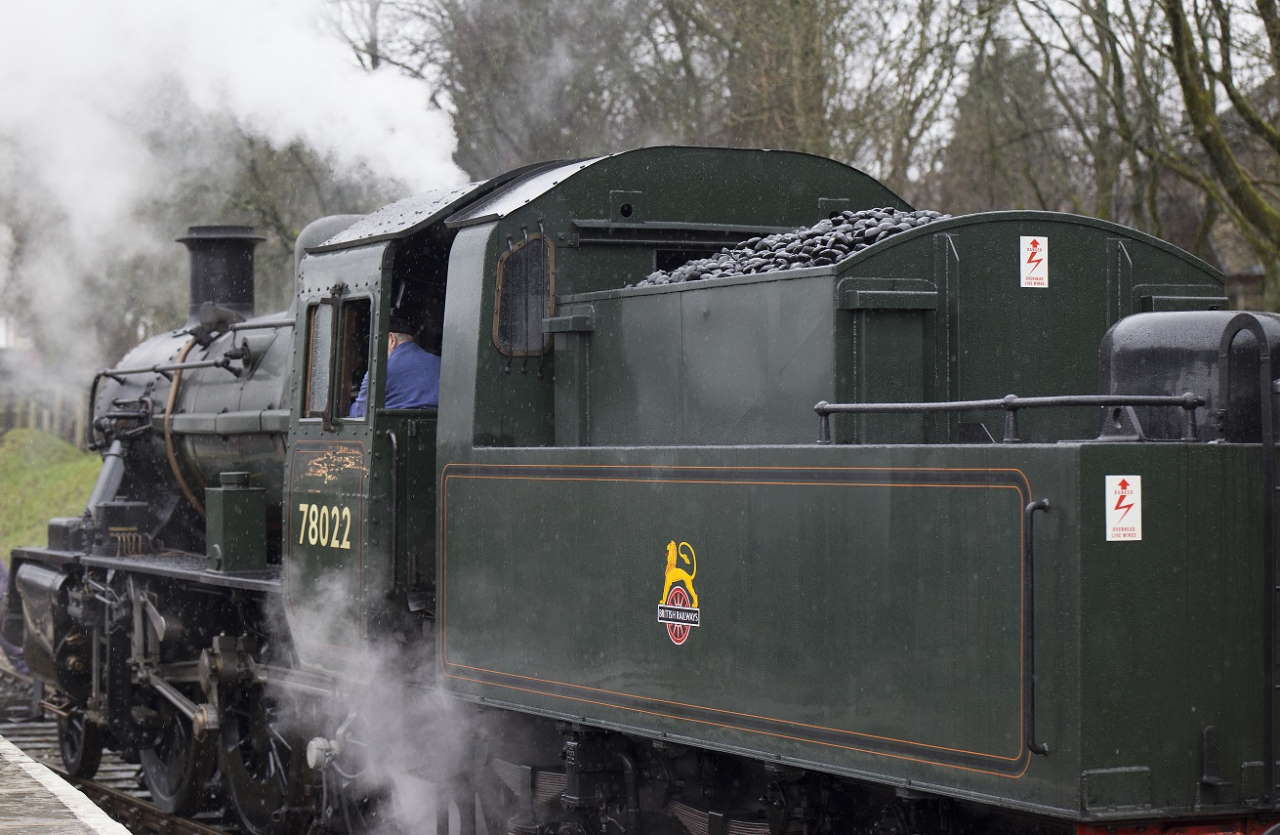CaramellDansen
Member
Moderator note: Split from
Upon a minor amount of Googling:
It would probably not be cheaper unless coal prices skyrocket.
Heritage railways running cost
I was reading about coal prices for heritage railways , i think there we be a lot fewer steam locos running on them soon, i had better get some visits in this year
www.railforums.co.uk
In all fairness, Switzerland had electrically-heated steam locos! I'm sure there's some way of doing that if this supposed Great Coal Apocalypse arrives! I wonder if it would be cheaper...I wouldn't go as far as mobile electric kettles though!
Upon a minor amount of Googling:
It would probably not be cheaper unless coal prices skyrocket.
Last edited by a moderator:



